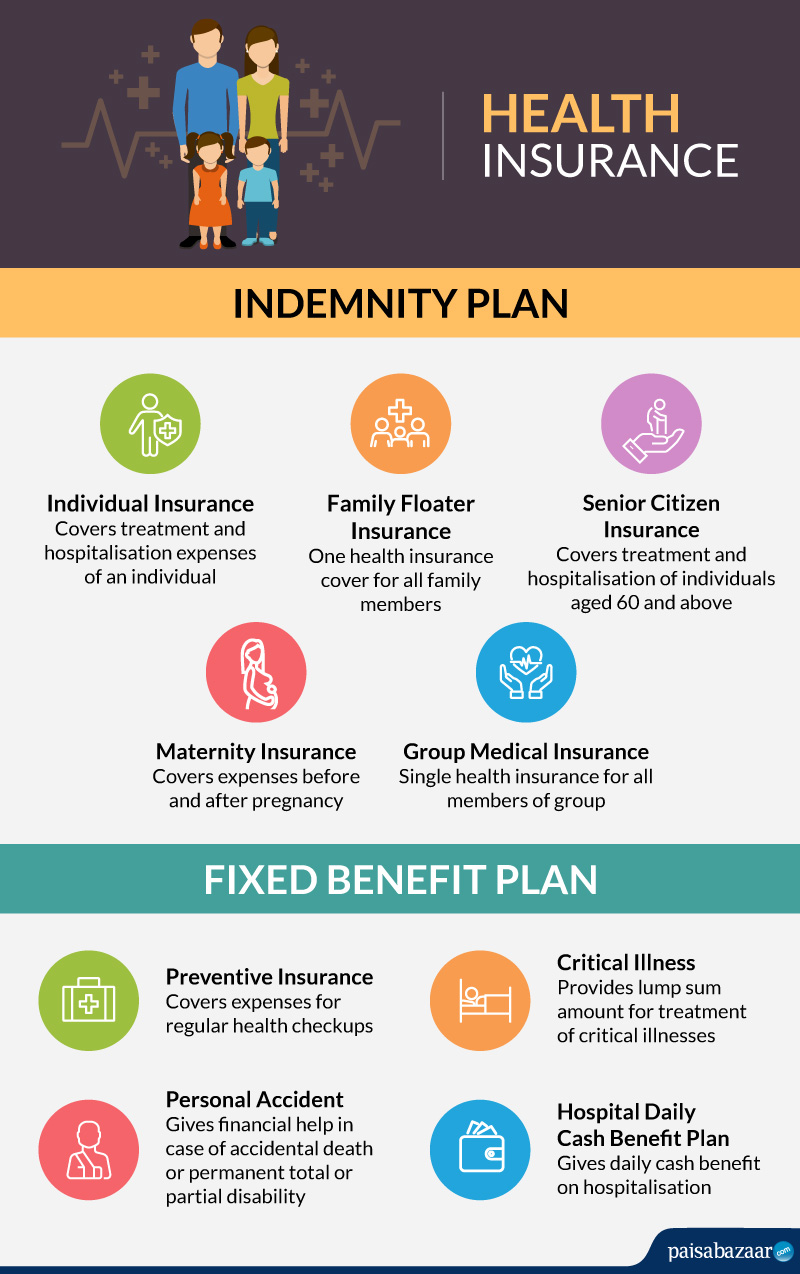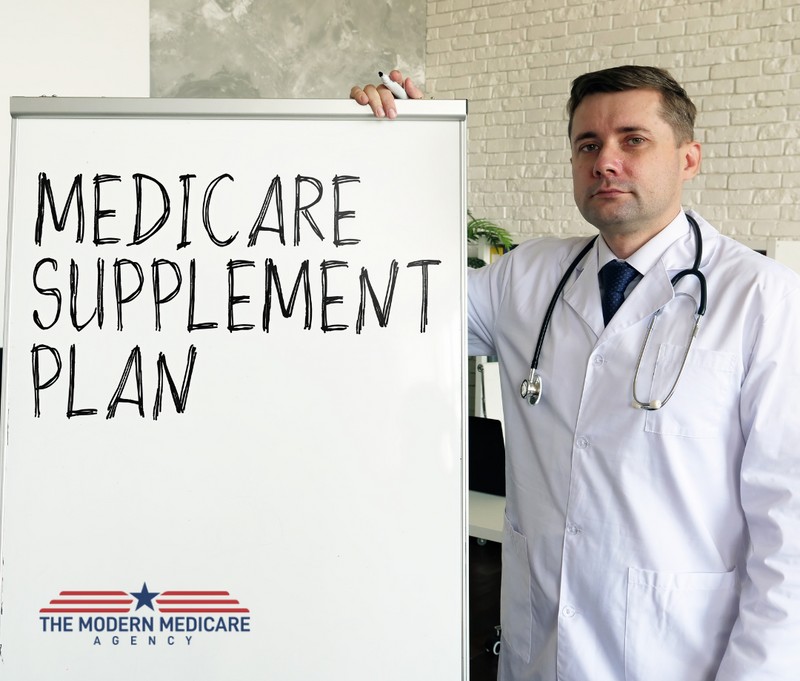The Medicare Advantage Agent Statements
The Medicare Advantage Agent Statements
Blog Article
About Medicare Advantage Agent
Table of ContentsNot known Facts About Medicare Advantage AgentThe 8-Minute Rule for Medicare Advantage AgentThe Ultimate Guide To Medicare Advantage Agent


follows from adheres to the relatively young age profile of account uninsured with the better healthMuch better wellness average, of younger personsMore youthful For those without access to office health and wellness insurance, poor health and wellness is a potential obstacle to purchasing nongroup protection because such insurance coverage may be very valued, leave out preexisting conditions, or be just unavailable. Unless otherwise noted, national estimates of individuals without health and wellness insurance policy and percentages of the population with various kinds of protection are based on the CPS, the most commonly utilized source of quotes of insurance protection and uninsurance prices.
:max_bytes(150000):strip_icc()/types-of-employee-benefits-and-perks-2060433-Final-edit-60cedb43c4014fdeb51aa3cd3c25f027.jpg)
Little Known Questions About Medicare Advantage Agent.
Over a three-year duration starting early in 1993, 72 million individuals, 29 percent of the U.S. population, were without insurance coverage for a minimum of one month. Within a single year(1994), 53 million people experienced a minimum of a month without coverage(Bennefield, 1998a). Six out of every ten without insurance adults are themselves utilized. Working does boost the probability that one and one's family members will have insurance, it is not an assurance. Also members of households with two full-time wage income earners have nearly a one-in-ten possibility of being without insurance (9.1 percent without insurance rate)(Hoffman and Pohl, 2000 ). The connection between medical insurance and accessibility to care is well developed, as recorded later on in this chapter. Although the partnership between health insurance and health outcomes is neither straight nor easy, a comprehensive clinical and wellness solutions research study literary works links wellness insurance policy coverage
to better accessibility to care, better quality, and improved individual and populace health standing. For instance, the second report, on personal health end results for without insurance adults, is represented by the innermost circle of the figure, while the 3rd report, on family well-being, incorporates the subjects of the second report yet stresses a various system of evaluation, specifically, the family. The sixth record in the collection will certainly present details regarding methods and efforts taken on in your area, statewide, or nationally to attend to the absence of insurance policy and its unfavorable impacts. Levels of evaluation for checking out the effects of uninsurance. This conversation of medical insurance protection concentrates largely on the united state populace under age 65 due to the fact that practically all Americans 65 and older have Medicare or various other public protection.
It focuses specifically on those without any wellness insurance for any kind of size of time. The problems faced by the underinsured remain in some respects similar to those encountered by the without insurance, although they are typically less extreme. Uninsurance and underinsurance, nevertheless, entail distinctly different plan concerns, and the approaches for resolving them might differ. Throughout this research study and the 5 records to adhere to, the major emphasis is on individuals without any medical insurance and thus no assistance in spending for healthcare past what is readily available via charity and safeguard establishments. Medical insurance is an effective aspect impacting invoice of care since both clients and medical professionals reply to the out-of-pocket cost of services. Wellness insurance, nonetheless, is neither essential nor sufficient to access to medical services. However, the independent and straight effect of health and wellness
insurance policy protection on access to wellness services is well developed. Others will certainly acquire the healthcare they need also without health insurance, by spending for it expense or seeking it from suppliers who offer treatment totally free or at very subsidized rates. For their explanation still others, health insurance alone does not make certain receipt of care since of various other nonfinancial barriers, such as an absence of healthcare service providers in their neighborhood, restricted access to transport, illiteracy, or linguistic and cultural distinctions. Formal study regarding without insurance populaces in the USA dates to the late 1920s and early 1930s when the Committee on the Price of Medical Treatment produced a series of reports concerning financing medical professional office brows through and hospital stays. This concern came to be significant as the numbers of medically indigent climbed throughout the Great Depression. Empirical researches consistently support the web link between accessibility to care and improved health and wellness results(Bindman et al., 1995; Starfield, 1995 ). Having a normal source of care can be taken into consideration a predictor of accessibility, instead than a straight action of it, when wellness end results are themselves used as access signs. This extension of the notion of access dimension was made by the IOM Board on Monitoring Gain Access To to Personal Healthcare Provider(Millman, 1993, p. Whether moms and dads are insured appears to influence whether their children receive care in addition to just how much careeven if the kids themselves have protection(Hanson, 1998). The health and wellness of moms and dads can impact their capacity to look after their kids and the degree of family members tension. Fretting about their kids's accessibility to care is itself a source of stress and anxiety for parents. Three chapters adhere to in this record. Phase 2 provides a review of just how employment-based health insurance, public programs and private insurance plan run and engage to offer extensive but incomplete insurance coverage of the U.S. populace. This includes a testimonial of historical fads and public laws impacting both public and personal insurance coverage, a conversation of the interactions among the different kinds of insurance, and an examination of why people relocate from one program to one more or wind up
.png)
Report this page